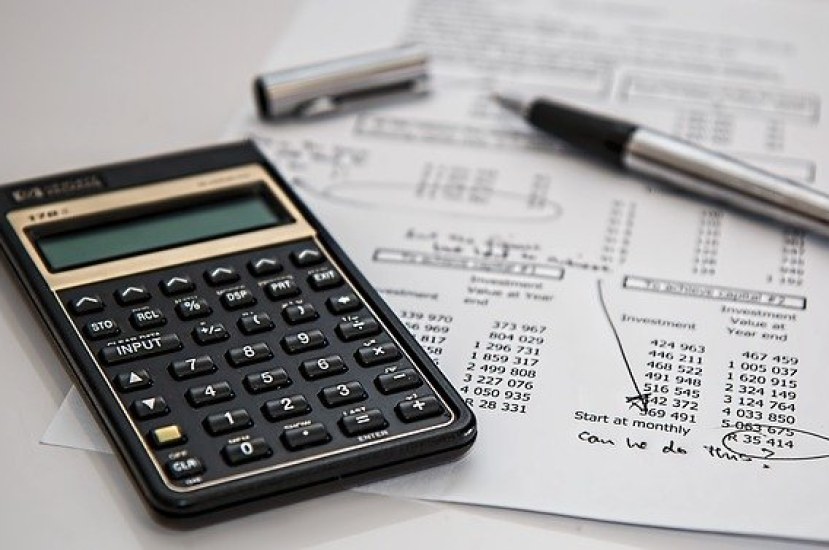Summary of Contents
GENERAL GOVERNMENT PROCUREMENT PROCESS
The government procurement policy requirement is that all public procurement must be based on value for money. This is defined as “the best mix of quality and effectiveness for the least outlay over the period of use of the goods or services bought”.
Public sector procurement is subject to a legal framework which promotes open competition and value for money for buyers. These are in line with internationally and nationally agreed obligations and regulations.
The public procurement process ends with a contract award, where an agreement is reached between a buyer and supplier. Before that can happen, however, there are numerous steps that must be completed, the majority of which are often time-consuming and resource-heavy. These include:
The procurement process is the stages through which a procurement activity is undertaken. Each of these stages has to be managed well in order to achieve the procurement objectives which would include achieving value for money in all procurement activities.
The process ordinarily will be firm-specific but generally involve the following stages.
- Preparation of requisitions
- Authorization of request
- Search for suppliers
- Selection of suppliers
- Placing a purchase order
- Receipt of goods and services
- Invoice processing and payment of suppliers
Now let consider the explanation of each process of the government procurement process
-
Preparation of requisitions
The procurement process will begin with the raising of requisitions by the department or unit within the organization that realizes the need to replenish its stock of items.
The need for requisitions will be initiated when the stock levels of the goods reach the re-order level for existing items or by the commencement of a new activity that would require the good or service.
Upon the realization of the need for certain goods or services, the head of the unit in the organization or the responsible officer will request for them, normally from the procurement head by filling a requisition form.
READ ALSO: MEANING AND FUNCTION OF PUBLIC PROCUREMENT
The requisition form details out the identification of the item needed, quantity needed, when needed, and the purpose for the request.
-
Authorization of request
The control activity in the procurement process requires that requisitions raised are duly authorized before they are processed. The authorization ensures that the request actually reflects the needs of the unit making it and it is in the best interest of the organization.
A designated person (superior), other than the one making the requisition will authorize the requisition.
-
Search for suppliers
The authorization of the requisition empowers the procurement office to commence the search for potential suppliers.
Normally, for the acquisition of regular items, the organization will have a list of potential suppliers to choose from, based on previous dealings.
In the case of new business, depending on the nature and size of the transaction, the acquisition intention will have to be publicly advertised and a pool of suppliers constructed for selection.
RELATED TOPIC: PUBLIC PROCUREMENT BOARD
Also, the nature and size of the transaction may warrant that the acquisition goes through a tender, irrespective of whether it is a new business or regular acquisition.
-
Selection of suppliers
The construction of the pool of suppliers should facilitate the process of choosing a supplier. A supplier will generally be settled on after considering the ability of the supplier to deliver the right items on time and at reasonable prices.
-
Placing a purchase order
An order is a firm request placed by a buyer with a supplier detailing the items to be supplied, quantity and quality of these items as well as the delivery dates.
The selected supplier is contacted to supply the organization with the said items to be acquired under the terms and conditions agreed upon between the supplier and the organization.
The order placed with the supplier needs to tally with the requisition raised by the requisitioning unit in terms of quantity, quality and delivery schedule.
-
Receipt of goods and services
These are arrangements within the firm put in place to facilitate the receipt of the items ordered from the supplier.
This stage of the procurement process is to ensure that the organization gets to receive only items it has ordered for.
Thus, items received need to be checked with orders placed with the supplier to confirm quality and quantity levels.
The condition of the supplied items needs to be verified. The supplier has to be notified of any anomaly as early as possible.
The delivery of the Goods is accompanied by goods received note (GRN) which when signed by the organization indicates the acceptance of the items and places a payment responsibility for the organization.
READ ALSO: PUBLIC PROCUREMENT STRUCTURES
GRN is generally prepared by the stores unit of the buyer. Where there are discrepancies, a debit note has to be raised by the buyer as a source document covering the goods being returned to the supplier. The debit note indicates that the buyer’s indebtedness to the supplier has been reduced by the size of the amount indicated on the debit note.
-
Invoice processing and payment of suppliers
Subsequent to the receipt of the goods, the payment process is commenced. The accounts department needs to be furnished with copies of the requisition, purchase order, GRN and any other relevant documents connected with the acquisition. These documents will have to go through pre-audit before payment is affected.





Leave a comment